Promote the Innovative Vision and Achievement of Local Production and Consumption for Agricultural Products
2015.4 (Issue No. 274)
I. Preface
In response to Taiwan's planned participation in the Trans-Pacific Partnership (TPP), the domestic market would encounter intensive competitive pressure from imported agricultural products. The agro-production is constantly under harsh challenges since most domestic agro-businesses were small-scale farming systems; they are also susceptible to geographical environment and weather conditions such as typhoon or monsoon. In order to stabilize farmers’ profits and revive rural economy, the government authorities continued to make adjustments on its structure and promote the concept of local production and consumption for the domestic market, hoping to incorporate key values such as green life, hospitality, and natural ingredients to the concept so as to instigate local recognition and the development of products with local characteristics. Thus, production structure must be adjusted based on market demand and agricultural competitiveness must be increased by using local advantages. Therefore, local and foreign agro-products can be differentiated while food transportation distance may be reduced and food self-sufficiency ratio increased. On the other hand, the general public would have a deeper connection with the land, and achieve the objective of saving energy and reducing carbon emission for the environment.
II. Local production and consumption policy in different countries
In order to reduce the impact of global food distribution system under free trade on local agricultural products, several countries’ agricultural authorities tend to promote the policy of local production and consumption through implementation of local food distribution systems. Taking into consideration different cultural backgrounds in each country, promotions of such policy include the European Union, the United States, Japan, etc., those areas will be briefly introduced as a reference for the government related authorities.
Since June, 2005, in its New Five-year Fundamental Agriculture Plan, Japan has instructed local governments to draft their own Local Production and Consumption Promotion Plan focusing on establishing direct-to-consumer shops in the outskirts of metropolitan areas to attract urban consumers. Gradually, these direct-to-consumer shops expanded to rural and mountainous regions, effectively contributing to reviving local economies.
In Korea, the National Agricultural Cooperative Federation proposed the slogan of “Shintoburi” (indivisibility of the body and the land) to encourage consumption of local agro-products, for they believed that the body could not be separated from the land in one’s hometown. Therefore, food grown locally was the healthiest ingredients to the consumers.
In recent years, the number of direct-to-consumer shops based on small-scale farmers continued to increase in the United States. The Farmers Market Promotion Program (FMPP) provides grants to Agricultural Cooperatives, Producer Networks, Producer Associations, Local Governments, Nonprofit Corporations, in order to assist farmer’s markets including roadside farm stands, community supported agriculture (CSA), and other agricultural direct producer-to-consumer activities.
Member nations of the European Union based their agricultural policy on the Common Agricultural Policy (CAP), which doubles as a rural development policy as well. The local production and consumption concept was developed under that frame and it has been promoted in the form of farmers' market throughout member nations of the European Union. The ultimate goal is to increase food production, sustainable natural resources, and balanced development in rural communities throughout the EU.
III. Local production and consumption campaign in Taiwan
In recent years the consumers have become increasingly aware of food safety and wholesome logistic system, and thus diverse marketing approaches have become necessary. In addition to traditional cooperative transportation and sales methods, farmers' markets, direct-to-consumer shops, home delivery, packaged vegetable boxes, and community supported agriculture have gradually been gaining popularity. For the purpose of promoting the local production and consumption concept, the COA's Agriculture and Food Agency (AFA) has actively planned the following projects and measures:
1. Promote characteristic rural cuisine
By means of adopting local food ingredients, the AFA organized the Characteristic Rural Cuisine Project promotional events in accordance with the policy of local production and consumption at 20 farmer’s associations in 13 cities and counties throughout Taiwan between October and December, 2014. Teams of professional chefs were invited to pay visits to the farms and develop dishes using locally produced ingredients. In addition, cooking demonstrations and competitions were held in cooperation with farmers´ associations. The series of cooking competitions would result in top 3 winners from each township (city, county or district) and 120 outstanding dishes, whose recipe were turned into APPs for mobile devices. This kind of electronic marketing helps to sell domestic agro-products and expand diverse marketing strategies for the ultimate goal of stimulating consumption in rural areas.
2. Promote agricultural products with safety certification
In order to expand distribution channels for local organic agricultural products, the AFA worked alongside county and municipal governments to incorporate organic vegetables into student or corporate meals as well as encourage restaurants in Hualien County and Yilan County to use local organic ingredients. Currently, there are 20 restaurants in the area that joined the Organic Food Restaurant Program. Furthermore, a total of 18 Weekend Organic Farmers Markets were established in 10 cities and counties throughout Taiwan to convey the idea of organic production. Also, to ensure local farmers would assume responsibility for their production, Good Agriculture Practice (GAP) labeling system was launched to emphasize safe usage of pesticides and agricultural product traceability. By the end of 2014, the total area of GAP production had reached 25,719 hectares, which was sold in over 115 chain supermarkets that joined the program. From 2014, the AFA matched New Taipei City Government and GAP producers to work on contractual production and provide more than 340,000 students in 286 schools with lunch meals. The schools had taken the initiative to support the production program and on the way enabled the students to learn about safe agriculture since young.
3. Local consumption of domestically produced food products
In order to boost the local consumption of domestic food products, the AFA has dedicated itself to the promotion of local production and consumption in primary school education, enabling the students to learn about local high quality products. Together with practical farming experience courses such as "Rice Growing Family Activity and Rice Culture Promotion Program" were held for students in urban areas to enhance the understanding of domestic production of agricultural products. Furthermore, in order for eat-out consumers to easily identify domestically produced rice, the Agency launched the Taiwan Rice Certificate Label. Currently, there are 13 gastronomic establishments that adopted the certification, and 3663 retailing stores selling products with the aforementioned certification.
In terms of tea industry, the AFA had actively offered counseling and established the Tea Traceability System in recent years as well as the Certification of Tea Origin System. 200,000 certificate labels have already been issued to around 120-metric tons of safe quality tea products. In order to increase the self-sufficiency ratio of domestic crops, the AFA encouraged farmers to utilize fallow lands and plant cereal grains with competitive advantage such as soy bean, job's tears, buckwheat, and sesame, thus establishing agro-business contractual production and producing high-quality and safe domestic cereal grains.
4. Expand diverse marketing and distribution channels such as farmers' markets and direct-to-consumer shops
In order to stimulate the direct production and consumption in urban areas, the AFA established two farmers' markets open regularly on weekends and holidays: Taipei Hope Plaza and Taipei Expo Park Yuanshan Plaza. These two markets provide a venue for municipal and county governments to hold promotional events to increase their farmer’s economic benefit while meeting consumers’ needs. In 2014 Taipei Hope Plaza Farmers Market held 51 events, with a total sale of agricultural products valued at NT$188.96 million, while Taipei Expo Park Yuanshan Plaza organized 48 events, generating a revenue of NT$128.27 million.
In 2014, the AFA offered counseling to municipal, county governments, and farmer's associations on organizing over 118 regional agro-product promotional events. Furthermore, the AFA also organized large events such as the International Orchid Show, Kaohsiung Lychee Beer Festival, and Central Taiwan Agriculture Festival; all with the purpose of expanding diverse marketing channels for local production. Also in 2014, a special exhibition featuring fresh local agricultural products was held at Expo Dome in Taipei Expo Park, attracting 57,523 visitors and yielding sales of NT$9.68 million with fruitful result.
In 2013, the AFA proposed the farmers' market and direct-to-consumer shop implementation plan, hoping to minimize food distribution distance and set up small-scale farmer's sales platform. Currently there is 1 farmer’s market in Jiji Township, Nantou County, and 6 direct-to-consumer shops in Hualien Farmers' Association (Huashan supermarket, Ziqiang supermarket, and Tianpu supermarket), Beipu Farmer’s Association, Kung-kuan Farmers' Association, and Hsinpu Township Farmers' Association that had been established from the period of June, 2013 to the end of January, 2015, with a total revenue of NT$25.24 million worth of agro-products supplied by 223 farmers.
IV. Future objectives
Minimizing the gap between producer and consumer, and building the mutual trust between two parties are indispensable elements to the local production and consumption movement. The traceability system of agricultural products instigated the interaction between land and people, producer and consumer. In the future, the focus would be on the development of products with local characteristics. Through creative marketing, different consumption demands could be generated by promotional activities to revive local economy. Therefore, the future objectives are as follow:
1. Establish professional marketing counseling team
Attract consumers to the place of origin by discovering unique local value. Intensify communication between farmers, farmers' associations, and marketing consultants to strengthen marketing competence and take advantage of local production freshness in order to highlight the uniqueness of local products.
2. Promote education on rural ingredients
Cooperate with rural communities, restaurants, culinary or hospitality schools, and farmers' associations to develop promotional and course materials for application of ingredients. Implement training program for teachers and commentators as well as organize food ingredient promotional events at the establishments that adopt the same ingredients. Furthermore, the organization of competitions and other promotional activities about food ingredients are also encouraged.
3. Localization of rural food ingredients
Join rural communities with local farmers to provide schools with lunch using local ingredients. Encourage restaurants to participate in official certification program and become certified rural characteristic restaurants in order to promote the local production and consumption concept. Moreover, expand distribution channels by establishing locally produced agro-product exhibition and sales centers.
4. Establish production forecast sales platform
In order to increase the exposure of agro-products’ place of origin and production time, the AFA builds a nationwide production forecast platform which combines information on production, sales, and ingredient application in one and utilizes social media, APP software, and on-line activities to satisfy consumers’ demands for food safety as well as reduces search cost. Moreover, the platform can enhance on-line marketing capability for 3 national farmers’ associations; thus effectively induce transparency of information on production time and place of origin of products which ultimately leads to a higher percentage of matching producers with consumers.
5. Establish Place of Origin Information Centers in urban areas
In order to draw urban consumers to agro-products’ places of origin, the AFA encourages farmers’ associations to organize seasonal promotion events on a regular basis in urban areas. This kind of activity would provide a face-to-face communication platform for consumers and producers. In addition, it also serves as a trading platform for agro-products. The platform would be the Place of Origin Information Center for urban consumers, where high-tech tools such as QR codes are employed to reveal information about producers and their production procedure in order to strengthen the producer-consumer relationship.
6. Creative marketing program for diverse distribution channel
In order to intensify the local consumers’ support towards local products, the AFA targets those consumers interested in local cultural characteristics, and selects relevant crops to be promoted systematically in regional festivities, freeway service areas, and local restaurants. Focusing on local production and consumption as well as low-carb diet themes, the AFA would organize integrated marketing activities utilizing multimedia tools such as films, demonstration materials, blogs, newspaper and magazine exposure, internet, LINE APP software stickers, in order to enhance domestic consumers’ awareness on local produced agro-products.
V. Conclusion
The ultimate objective of local production and consumption policy is to improve our citizens’ dietary consumption habit, and reduce demand on imported products through developing new demands for local ingredients, marketing local production and local consumption, and dietary education. The aim is to introduce the notion of“local freshness” into Taiwanese people’s dietary habit, emphasizing on advantages such as fresh, safe, healthy, and nutritious domestically produced product. The AFA also encourages Taiwanese people to choose domestic agro-products through promotional activities such as ingredient, diet, and cooking education. It would further work with emerging distribution channels to provide consumers with multiple purchase options by building a long-term cooperation between suppliers and logistics. The eventual goal is to reduce food transportation distance, uphold citizens’safety and health, preserve farmers’ livelihood, and foster agricultural industry development.
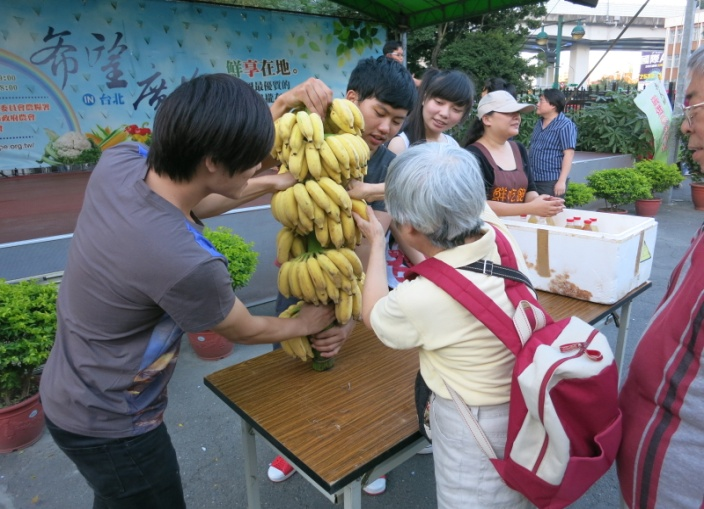
Exhibition and Sales event in Taipei Hope Plaza
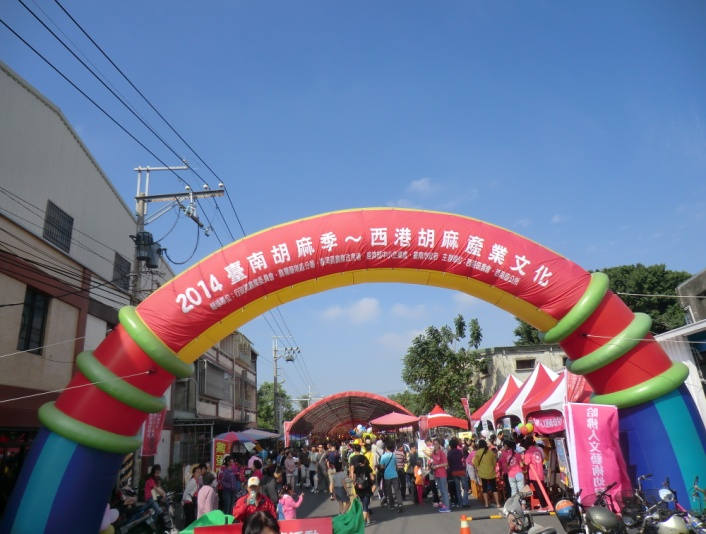
Sigang Sesame Festival
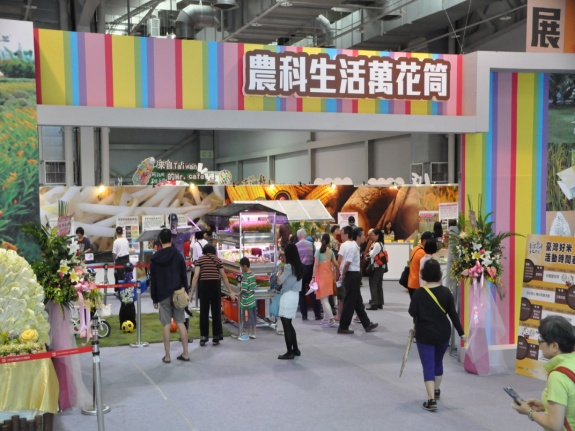
Central Taiwan Agriculture Festival opening ceremony

Agro-product Special Exhibition – Agro-life kaleidoscope

Farmers’ Market at Taipei Expo Park Yuanshan Plaza

Agro-product Special Exhibition – Local characteristic area
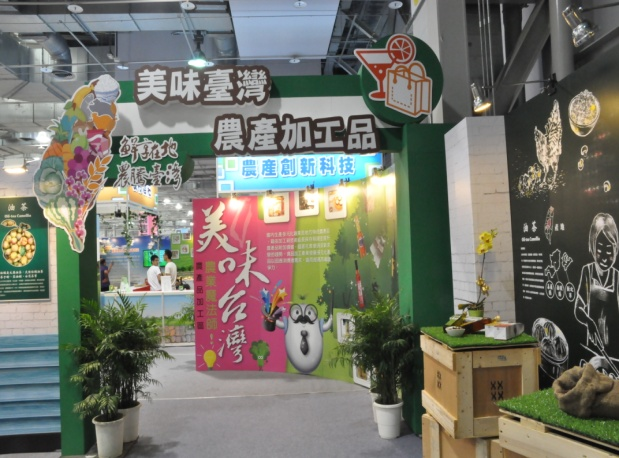
Agro-product Special Exhibition – Delicious Taiwanese processed agro-product area
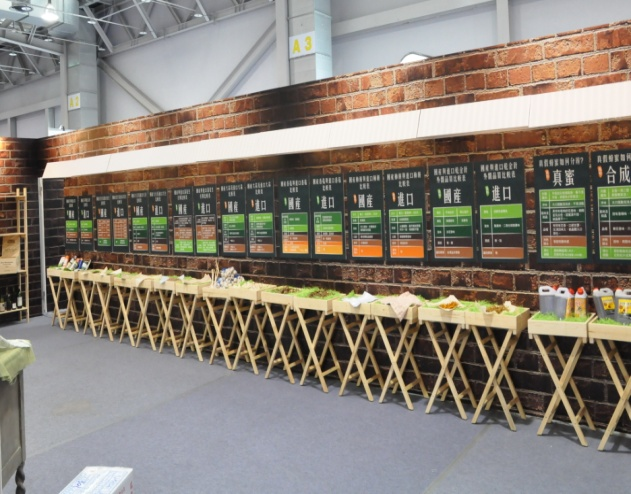
Agro-product Special Exhibition – Imported and domestic product identifying area
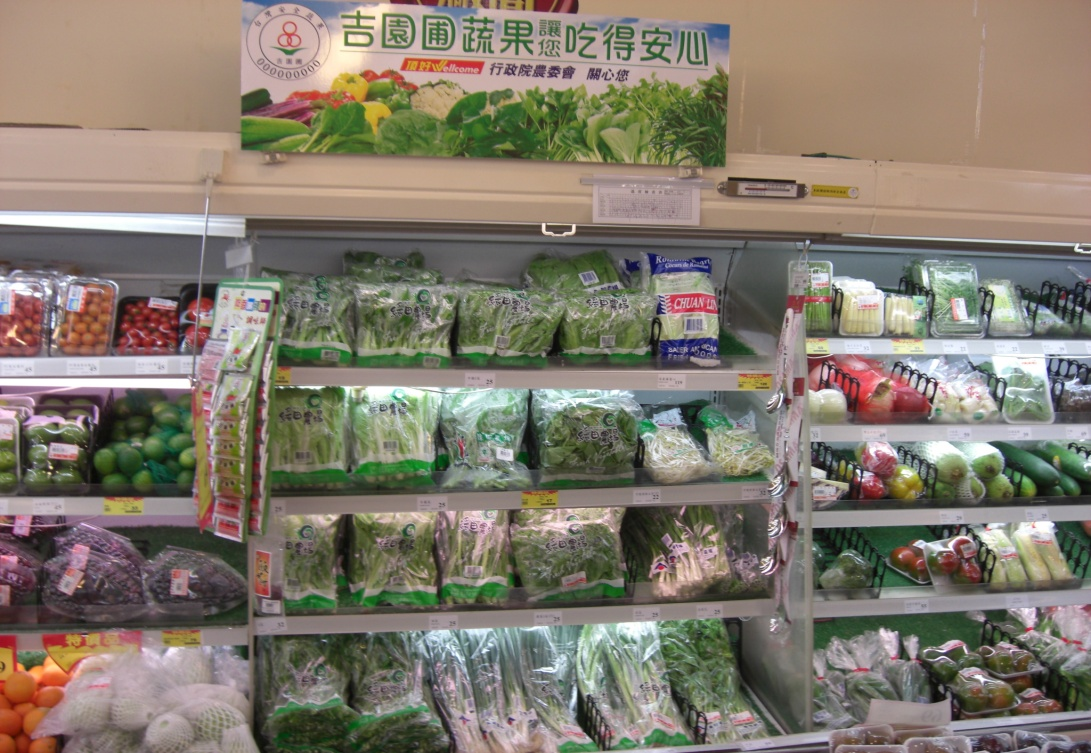
GPA safe vegetable zone
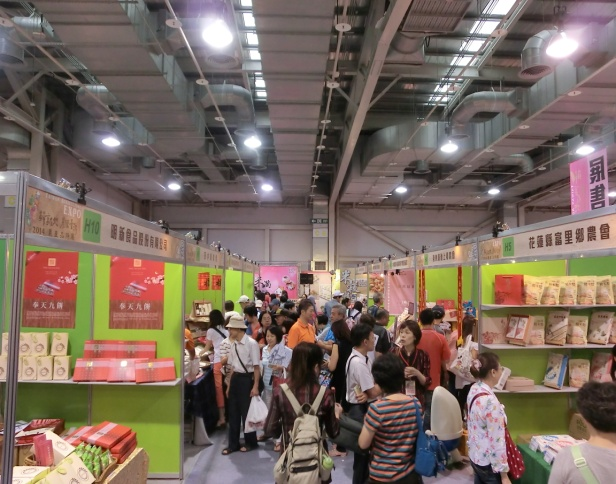
Agro-product Special Exhibition – crowd in sales area
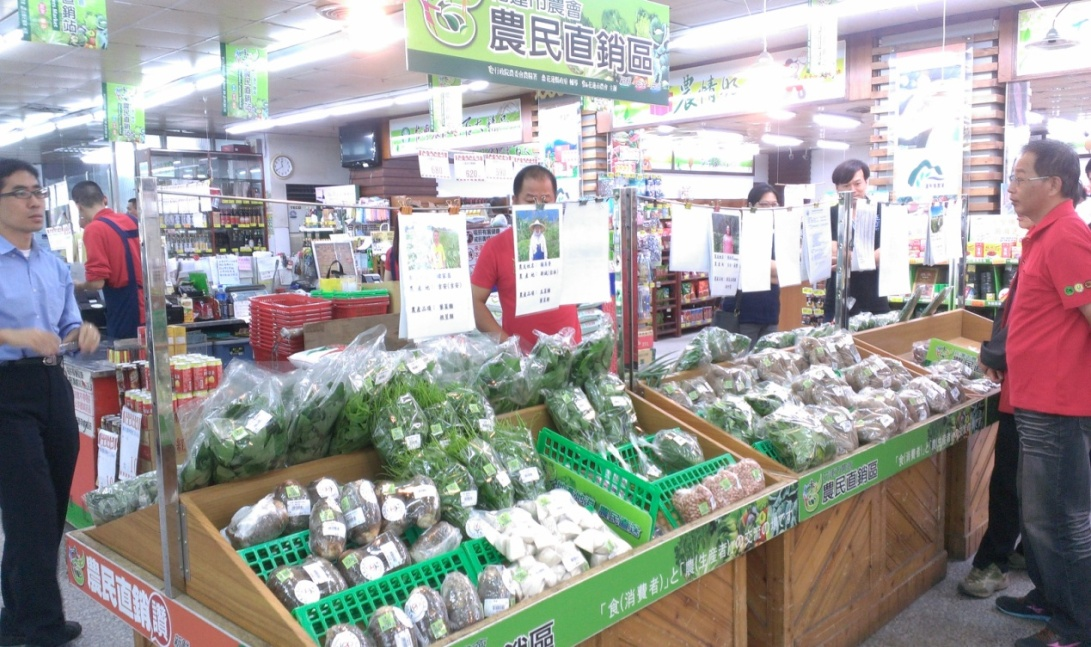
Hualian City Farmers’ Association Direct-to-consumer area
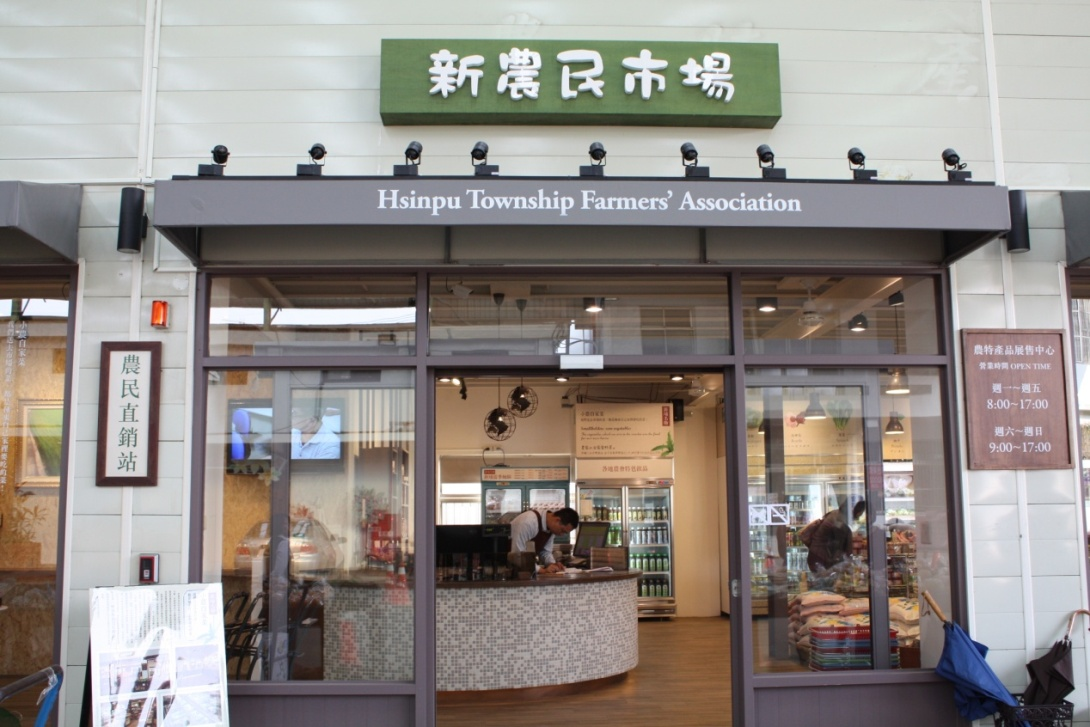
Hsinpu Township Farmers’ Association Direct-to-consumer Shop
